When Do You Prune Azaleas?
Amidst the verdant tapestry of our gardens, azaleas emerge as vibrant jewels, casting a spell with their riotous hues and captivating blooms. Yet, beneath this botanical splendor lies a crucial secret to maintaining their health and splendor—the art of pruning.
In this all-encompassing guide, we embark on a journey that unveils the intricate dance of when and how to prune azaleas. With a keen eye on timing, an arsenal of tools, and the mastery of techniques, you’ll discover how to sculpt and nurture these flowering wonders to their fullest potential.

The Enchanting World of Azaleas:
Azalea Overview:
Azaleas, those botanical marvels, transform our landscapes into vibrant canvases of color. With a spectrum ranging from delicate pinks to fiery oranges, they conjure an otherworldly charm that captures the heart of every gardener. However, beneath their beguiling exterior lies a symbiotic relationship between their beauty and proper pruning, the guardian of their health and vitality.
Pruning’s Role:
Pruning is not just a mundane task; it’s a horticultural ballet that shapes the destiny of your azalea garden. Beyond aesthetics, pruning influences the plant’s vigor, growth pattern, and blooming potential. It’s the art of removing with purpose, sculpting with intent, and coaxing forth an encore of blooms season after season.
The Pruning Connection:
Imagine the relationship between azaleas and pruning as a duet between artist and canvas. Just as a painter’s brushstroke breathes life into a blank canvas, pruning refines the plant’s form, removing the extraneous to allow the exquisite to flourish.
This connection is an ongoing dialogue between you and your azaleas—a dance where each cut is a note, and the garden is a symphony.
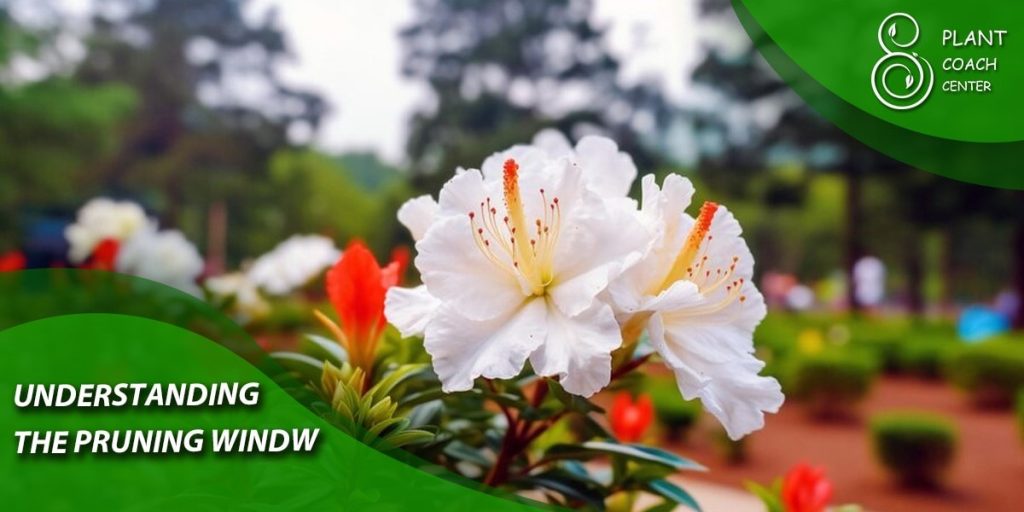
Understanding the Pruning Window:
Ideal Pruning Times:
Your journey into the world of azalea pruning commences with understanding the crucial timing. Proper timing ensures that you neither disturb the floral spectacle nor hinder the plant’s growth. The art lies in deciphering the ideal moments to let your pruning shears sway.
Spring Pruning:
Picture a garden that has bloomed and flourished, a canvas of vibrant colors. As the final blooms fade, the stage is set for your pruning performance. Spring pruning entails delicate finesse, a symphony of snips that remove spent flowers and errant branches, granting the plant renewed energy for lush new growth.
Late Winter Pruning:
Before the world awakens from its winter slumber, envision yourself as a conductor poised for a musical crescendo. Late winter pruning is your prelude to the botanical symphony. By shaping your azaleas before new growth appears, you pave the way for a crescendo of blooms that will paint your garden with a vivid palette.
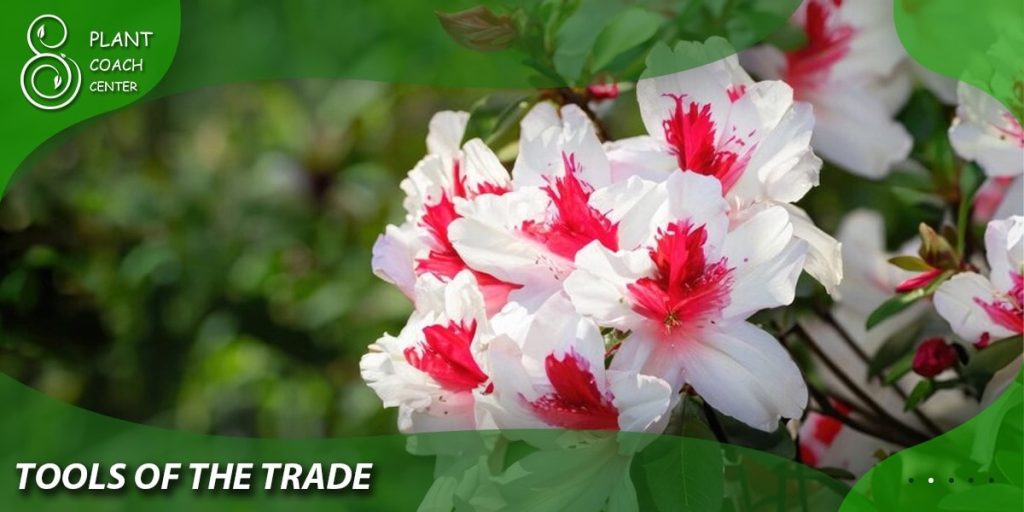
Tools of the Trade:
Essential Pruning Tools:
The artist’s toolkit is essential for this horticultural masterpiece. Your collection includes bypass pruners for precise cuts, loppers for tackling thicker branches, and a pruning saw for more substantial tasks. Each tool is a note in the symphony of pruning, contributing to the overall harmony of your garden’s design.
Clean Cuts:
Much like an artist’s brushstrokes on canvas, the art of pruning relies on clean and precise cuts. A sharp blade ensures smooth, swift cuts that minimize plant stress and reduce the risk of disease. Remember, each cut is a brushstroke that shapes your azalea’s future form.
Safety Measures:
Safety is paramount in any artistic endeavor. Don your garden warrior’s armor—sturdy gloves, protective eyewear, and appropriate footwear—to shield yourself from thorns, debris, and accidental slips of the hand. Safety is your guardian as you embark on this pruning odyssey.
Step-by-Step Pruning Techniques:
Assessing the Plant:
Imagine yourself as an attentive curator surveying a living masterpiece. Begin by evaluating your azalea’s health, form, and overall structure. Identify branches that cross, rub, or show signs of disease, marking them as candidates for removal.
Removing Dead and Diseased Wood:
Pruning is a meticulous act, much like refining a work of art. Target dead and diseased branches with a surgeon’s precision. With each clean snip, you remove the obstacles that hinder your azalea’s growth and diminish its natural beauty.
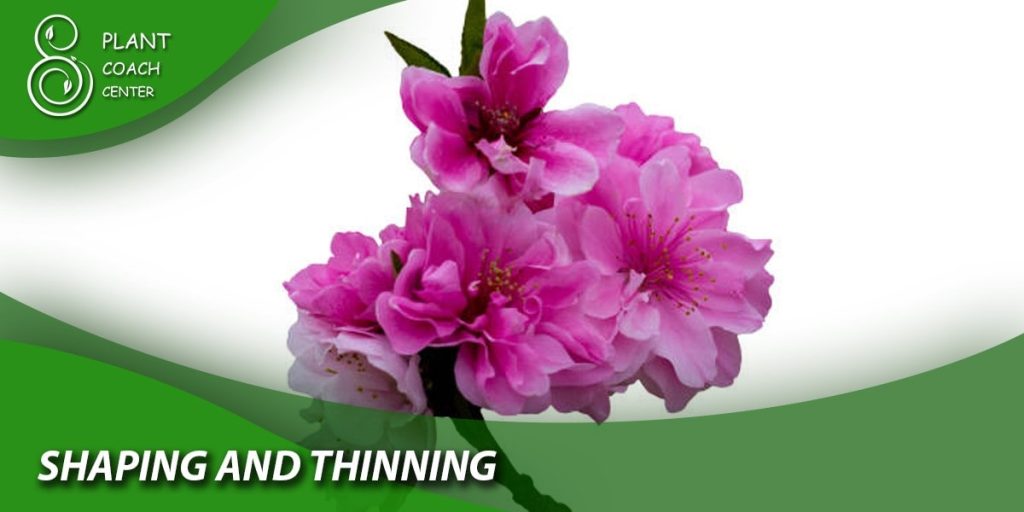
Shaping and Thinning:
As the sculptor of your garden, envision your azalea’s final form. Shape it by removing branches that disrupt its natural grace and symmetry. Thinning, the art of selectively removing branches to enhance airflow and sunlight penetration, unveils hidden beauty and fosters robust growth.
Pinching vs. Shearing:
Your pruning approach is your artistic signature. Pinching, reminiscent of a painter’s delicate touch, involves removing individual shoots to guide growth and shape. Alternatively, shearing, akin to sculpting, shapes the entire plant, resulting in a more uniform appearance. Choose your method based on your desired aesthetic.
Pruning for Various Types of Azaleas:
Deciduous Azaleas:
Visualize your azaleas as evolving sculptures, each season bringing a fresh artistic twist. Shedding their leaves, these azaleas demand a post-bloom pruning choreography. With precision, trim after their enchanting show to prompt rejuvenation and prepare for the next act of beauty.
This careful touch awakens dormant energy, channeling it into vibrant new growth, ensuring a future bloom extravaganza. Through this pruning dance, you orchestrate nature’s masterpiece, a harmonious rhythm of transformation and renewal.
Evergreen Azaleas:
Evergreen azaleas, those that remain adorned with foliage year-round, have their own pruning melody. Post-flowering, select the branches that require refining, allowing the leaves to remain as a constant backdrop to the floral spectacle.
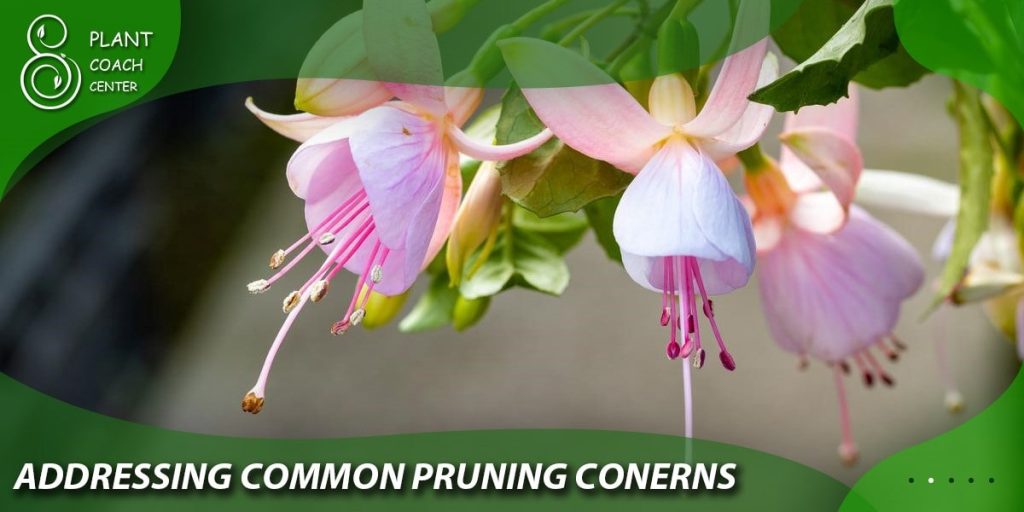
Addressing Common Pruning Concerns:
Overgrown Azaleas:
Imagine an overgrown azalea as an untamed masterpiece yearning for restoration. Fear not, for gradual rejuvenation beckons. Over several years, introduce the practice of renewal pruning. Each year, prune out one-third of the older branches, replacing them with vibrant new growth, unveiling a fresher and more vitalized landscape.
Young Azaleas:
As a nurturer of new life, young azaleas present a canvas awaiting your guidance. Embrace the role of a mentor, pinching the tips of young shoots to encourage branching. This artful touch strengthens the plant’s foundational structure, ensuring a future of thriving beauty.
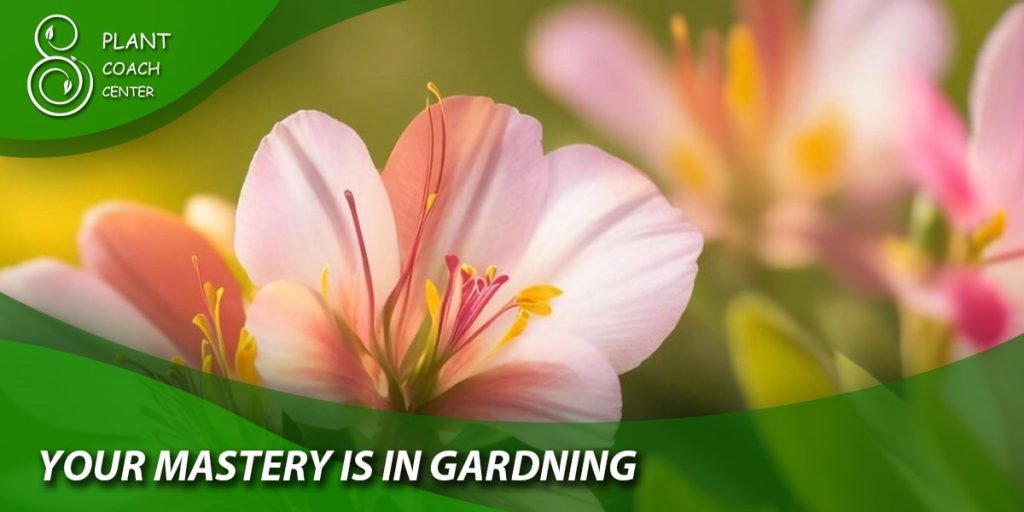
Conclusion:
As the final curtain falls on our exploration of the art of pruning azaleas, reflect on the symphony of knowledge you’ve acquired. You’ve delved into the heart of timing, wielded the tools of precision, and danced with branches in a choreography of growth.
Your garden stands as a living testament to your horticultural mastery, a canvas that echoes the harmony between nature and your nurturing touch. So, as you step back and admire your pruned azaleas, remember that the garden is your masterpiece, an ever-evolving testament to your artistry and dedication.
When is the best time to prune azaleas?
Prune after flowering in late spring or before new growth in late winter.
Can I prune my azaleas in the fall?
Fall pruning may remove next season's buds; it's best to wait until after flowering.
How often should I prune my azaleas?
Annually, after the blooming period, is usually sufficient.
What tools do I need for azalea pruning?
Bypass pruners, loppers, a pruning saw, and safety gear.
Is it necessary to prune young azaleas?
Yes, pinching young shoots encourages branching and forms a strong structure.
Can I prune my azaleas to control their size?
Yes, selective pruning can help manage size and maintain shape.
Should I remove dead flowers after pruning?
Yes, deadheading spent blooms encourages new growth.







